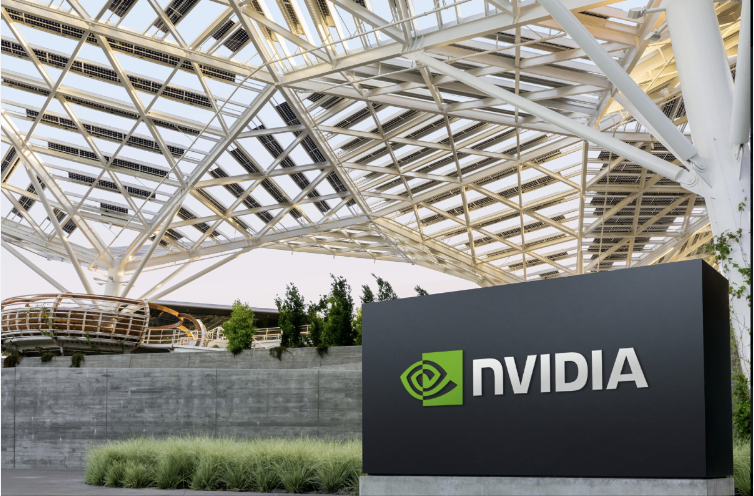Although Quantum is ‘Decades’ Away For NVIDIA, The Company is Investing in Quantum Talent Today

Insider Brief
- NVIDIA CEO Jensen Huang estimates that practical quantum computing is still 20 years away, yet the company is strategically investing in quantum technologies and workforce development to prepare for a hybrid quantum-classical future.
- NVIDIA’s job postings, including roles in quantum error correction, algorithm engineering, and climate simulation, suggests a focus on foundational quantum research and immediate use cases like weather forecasting.
- Huang emphasizes the complementary nature of quantum and classical computing, framing NVIDIA’s investments as groundwork for integrating quantum accelerators with classical supercomputers to solve complex problems.
NVIDIA CEO Jensen Huang has recently been candid about the timeline for practical quantum computing, stating in multiple forums that “very useful” quantum computers are likely 20 years away.
In a conversation with analysts, Huang suggested that practical quantum computers might emerge in a timeline of 15 to 30 years, with 20 years being a reasonable estimate that most of his colleagues in NVIDIA would agree on.
However, despite this long horizon, NVIDIA seems to be investing heavily in quantum technologies and laying the groundwork for a hybrid quantum-classical future — perhaps even near future — by building their own quantum workforce. The company currently has approximately 10 jobs and internships that appear directly related to quantum technology, or positions with job descriptions that suggest they will involve quantum at some point. Most of the positions are centered in NVIDIA’s quantum computing unit, described as “a small, strong, and visible group both inside and outside of NVIDIA.”
Jobs That Signal NVIDIA’s Quantum Priorities And Timeline
NVIDIA’s recent job postings might help illustrate how it is positioning itself for this quantum future. For example, the role of Director of Product Management, Climate and Weather highlights an immediate use case for quantum in weather forecasting. The job description mentions working with cross-functional teams to develop NVIDIA’s Earth-2 digital twin, which simulates the planet’s climate. The job description also mentions the candidate will be responsible to explain product value proposition for NVIDIA’s quantum products.
Other roles focus on foundational aspects of quantum computing. The Senior Quantum Error Correction Research Scientist and Quantum Algorithm Engineer roles aim to address challenges like error correction and algorithm development, critical for advancing quantum systems.
NVIDIA’s jobs also suggest the company is connecting its strengths in machine learning and artificial intelligence with the emerging quantum field: “We are seeking experts in quantum error correction (QEC) and fault-tolerant quantum computing (FTQC) with a desire to scale current state-of-the-art methods with AI and ML.”
The quantum algorithm engineer, specifically, will investigate quantum applications in chemistry, machine learning, error correction and related areas with a desire to enable researchers across a range of disciplines.
Another position, the Director, Quantum Computing Applied Research, suggests that NVIDIA is actively exploring applications where quantum can complement its classical capabilities.
Quantum Computing as a Complementary Technology
Huang outlined NVIDIA’s vision for quantum’s role alongside classical computing during his keynote at GTC 2024. He described quantum as a “quantum accelerator,” emphasizing the necessity of classical computing infrastructure to drive quantum systems.
“You can’t just program a quantum computer all by itself. You need to have classical computing sitting next to it,” Huang said, explaining how NVIDIA’s expertise in high-performance computing positions the company as an ideal partner for the quantum ecosystem.
This perspective aligns with NVIDIA’s broader strategy of preparing for a hybrid quantum-classical paradigm. The company envisions quantum processors integrated with classical supercomputers to solve complex problems that neither can tackle alone. This symbiotic relationship might suggest why NVIDIA is investing in quantum now — rather than 20 years from now.
Based on how NVIDIA is investing in a quantum workforce, Huang’s measured timeline for quantum computing doesn’t contradict NVIDIA’s current investments. Instead, it might underscore a pragmatic approach: investing today to secure a foothold in the ecosystem and build the infrastructure for future quantum adoption. The move would not be different from NVIDIA’s work with accelerators for AI. Further, the focus on hybrid applications, such as weather forecasting, further justifies these investments.
